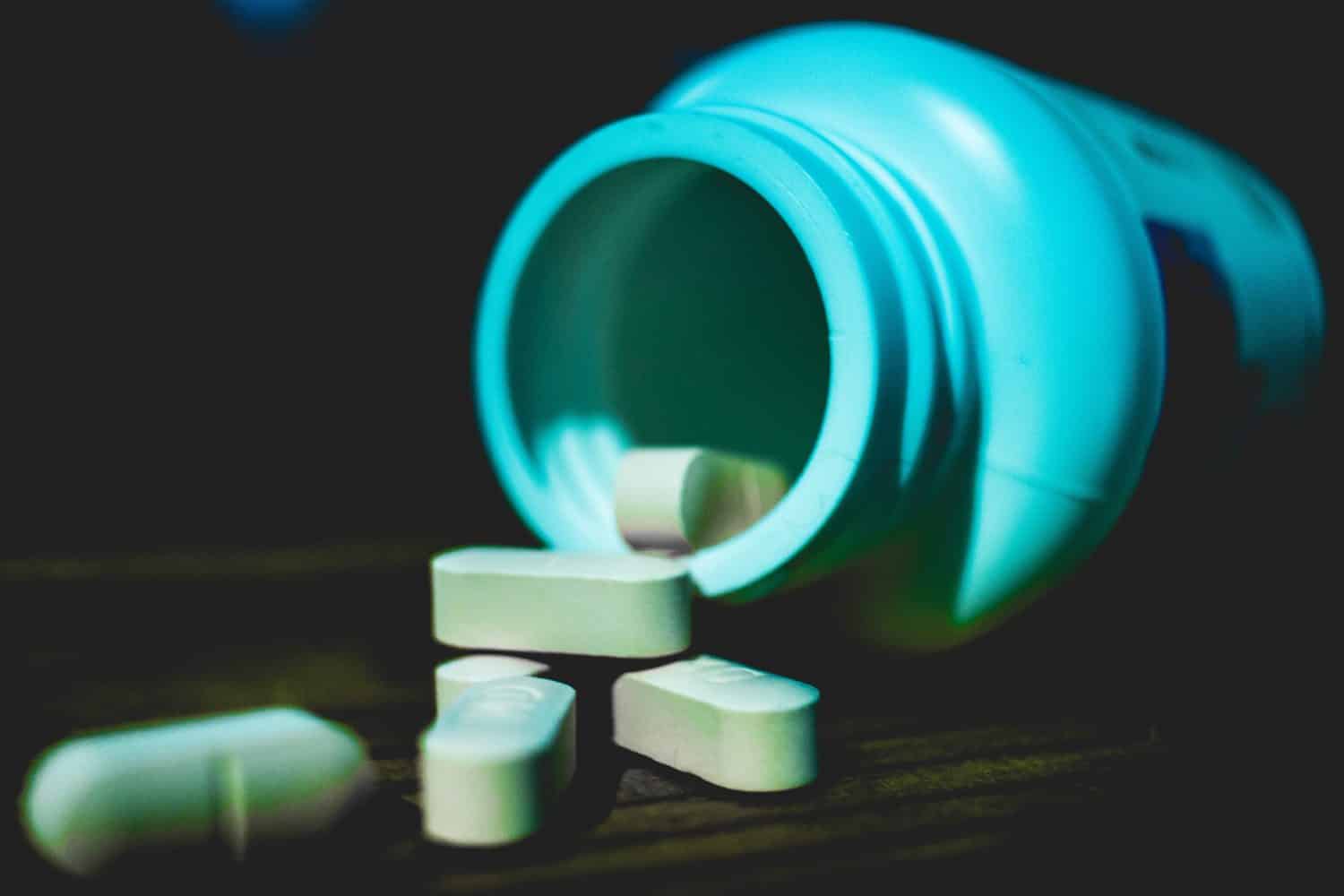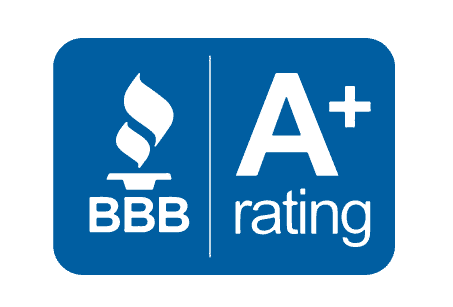
Fentanyl is a highly potent opiate analgesic.
It is highly addictive and can be lethal even in small quantities. It has become one of the most dangerous substances in the Canadian opioid crisis. Trafalgar Addiction Treatment Centres offers expert support to clients addicted to fentanyl or other opiates.
Manufacturers first developed fentanyl in 1959. Medics have prescribed it as a painkiller since. However, it became significantly more prominent in the 1990s, when pharmaceutical companies introduced fentanyl patches to the market. Doctors began prescribing these patches for pain relief. The patches release fentanyl gradually into the bloodstream over a number of days. Since the 1990s, fentanyl has become a commonly abused drug in Canada. It is often present in other drugs, such as heroin and cocaine, which dealers sell on the street as pure.
Fentanyl Addiction Side Effects
Fentanyl, like oxycodone and morphine, is an opiate painkiller. However, fentanyl is estimated to be up to one hundred times more toxic than morphine. When produced in an illegal laboratory without professional controls, it may be even more toxic. It is also a respiratory depressant, meaning it slows breathing and increases concentration of carbon monoxide. Only a few micrograms of fentanyl can produce intense highs, exceeding even the effects of heroin. However, it is also extremely easy to fatally overdose on tiny amounts. As the Globe & Mail put it, “An amount the size of two grains of salt can kill a healthy adult.”
Fentanyl Mixed with Other Drugs
Due to its potency, suppliers often mix fentanyl with other substances before selling it on the street. Suppliers often mix it with other drugs and sell it as heroin or OxyContin. This is part of what makes the drug such a danger, as users often consume it without realizing. A recent study in Vancouver found that almost all substances purchased there as heroin contained fentanyl, and some were pure fentanyl.
Withdrawal from Fentanyl Addiction
Due to the intensity of fentanyl withdrawal, the process is often medically managed and supervised. Substitute drugs are often used to compensate for the reduction in endorphins being produced by the body in the absence of fentanyl. However, these drugs have a less extreme effect and do not produce a high. There are also medications available which can block the effect of fentanyl, so that opiates will not achieve their usual effect should the person relapse.
Fentanyl Addiction Treatment
Once a person has progressed through the initial withdrawal phase, person goes through evidence-based fentanyl addiction treatment program to achieve long term recovery. Trafalgar Addiction Treatment Centres provides clients with individual therapy, cognitive behavioural therapy and group counselling in order to help them towards this objective. Individual therapy sessions with master’s-level therapists help clients to identify the underlying causes and consequences of their addiction and to develop methods for dealing with them. Trafalgar’s clients participate in three individual therapy sessions each week. Cognitive behavioural therapy allows clients to identify behavioural patterns that influence their addiction and to adjust them. Our treatment provides people with the foundations and methods necessary to work towards lasting recovery.
Fentanyl Addiction and Opioid Crisis in Canada
The U.N. has reported that Canada has the highest per capita consumption of opioids in the world. The death toll of the opioid crisis has risen dramatically for the past several years, rising from around 3,000 in 2016 to almost 4,000 in 2017. That year, opioid-related deaths were more common than any other cause of death in the 30- to 39-year-old demographic. 72% of opioid-related deaths in 2017 involved fentanyl or related substances, such as carfentanil, an even stronger analogue.
We can track the crisis back to the 1990s, when prescribing practices for opioids changed dramatically. Purdue Pharma began aggressively promoting oxycontin, an opiate painkiller. Up until this point, opioids were usually only used to treat debilitating, chronic pain and in cancer treatment. However, Purdue’s strategy incentivized doctors to prescribe Oxycontin for much milder pain. Purdue’s reporting on the drug dramatically understated its potential for overdose and addiction. By the time they plead guilty to charges of misleading the public in the U.S. in 2007, oxycontin and other opiates had already flooded North America.
Illegal Markets
As well as people who began using Oxycontin through legitimate prescriptions, many users of other opiates such as heroin began buying the drug through illegal markets. When a user snorts or injects Oxycontin, they experience the full effect of the drug immediately, rather than the gradual release the manufacturers intend. Purdue replaced Oxycontin in 2012 with OxyNeo, which they designed to be more difficult to crush. However, this did not prevent people from abusing the drug, and also meant that prescriptions for other opiates increased– including fentanyl.
Fentanyl and related substances such as carfentanil are now the most dangerous substances in the opioid crisis. At Sandy Hill Community Health Centre in Ottawa, people can bring their drugs to be tested before using them. A large proportion of drugs tested feature fentanyl or carfentanil, despite dealings having sold them on the street as pure heroin, cocaine or methamphetamine. The fact that so many people are ingesting fentanyl accidentally makes its overdose potential all the more dangerous.
Response to Fentanyl Threat
Canada has been slow to respond to the opioid crisis. There has been resistance at the national and provincial levels to introduce harm reduction measures, and those which have been adopted are still only available in certain areas. Health Canada only recently made naloxone a non-prescription drug, and it will take some time for the antidote’s availability to substantially increase. The Globe & Mail also state that, even if restrictions on harm reduction strategies were reduced, there is a scarcity of resources across Canada for treating addiction. They write, “More beds are needed for those going through fentanyl withdrawal as well as treatment programs for people addicted to painkillers, especially for aboriginals and those living in remote areas.”
The conservative government in power during the early stages of the opioid crisis was highly resistant to any increase in harm reduction strategies and facilities, instead of following the example of the maligned U.S. War on Drugs model. Health Canada removed any information about harm reduction from its website in 2007. They also spread the message that non-profit organizations would not receive federal funding should they provide harm-reduction facilities.
Fentanyl Supply
Fentanyl emerged from Canada’s opioid crisis. It became increasingly prominent after the withdrawal of Oxycontin in 2012 after analysts finally identified its addictive potential. This reduced the supply of that particular opiate. Substitutes began to emerge in response to the enormous demand. On the illegal market, many of these substitute versions were laced with fentanyl. Prescriptions for opiates rose substantially in Canada over the past decade. Canadian doctors produced 19.1 million opioid prescriptions in 2015, almost one for every two Canadian citizens. This created a huge demand for opiates, both in doctor’s offices and on the illegal market. People who initially develop dependencies on prescribed substances often ultimately resort to street drugs, which often contain fentanyl. Doctors still prescribe it in some cases for chronic pain.
Regulations for Production of Fentanyl
Chinese suppliers produce a large amount of the fentanyl on the Canadian illegal market. Companies producing fentanyl there “operate with impunity” due to limited enforcement of anti-drug policies. Users purchase the drug online. Dealers send it through Canadian customs disguised as other products. The Globe and Mail describe the process as being “as easy as ordering a book online.” Customs officers are not authorized to open packages weighing less that thirty grams, limiting their ability to inspect many of the packages that come through the border containing fentanyl.
Suppliers also disguise and conceal the drug in various ways. With one kilo of fentanyl worth around $20 million dollars on the illegal market in Canada, a small supply can generate an enormous profit for the producers and distributors. There are also concerns that Mexican cartels are becoming increasingly involved in the flow of fentanyl into Canada. As they can produce and acquire fentanyl so much more easily than cocaine or heroin, there is massive potential for profit for criminal organizations supplying the substance.
Illegal Production of Fentanyl
While illegally produced fentanyl is highly addictive and dangerous, the prescribed forms of the drug can also be extremely harmful. When used for pain relief, the body can still come to rely upon the endorphins produced by the drug very quickly. There is also a serious risk of overdose even when taking prescribed fentanyl. Project Know point out that even using fentanyl patches carries serious risk, particularly as they are sensitive to heat: high temperatures can cause patches to release higher levels of fentanyl, which can result in overdose. They also include a comprehensive list of signs and symptoms of fentanyl overdose. The drug naloxone can reverse the side effects of a fentanyl overdose if used quickly enough. It can restore consciousness and reduce respiratory function.
The Bottom Line
Fentanyl is one of the most dangerous substances available. Even for people who attempt to avoid using it, it is present in so many other substances that it is a vitally serious threat to anyone using illegal drugs. If a doctor prescribes fentanyl, it is also essential to carry out comprehensive research before beginning to use it. If you are concerned about fentanyl, contact Trafalgar Addiction Treatment Centres today.





